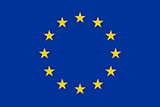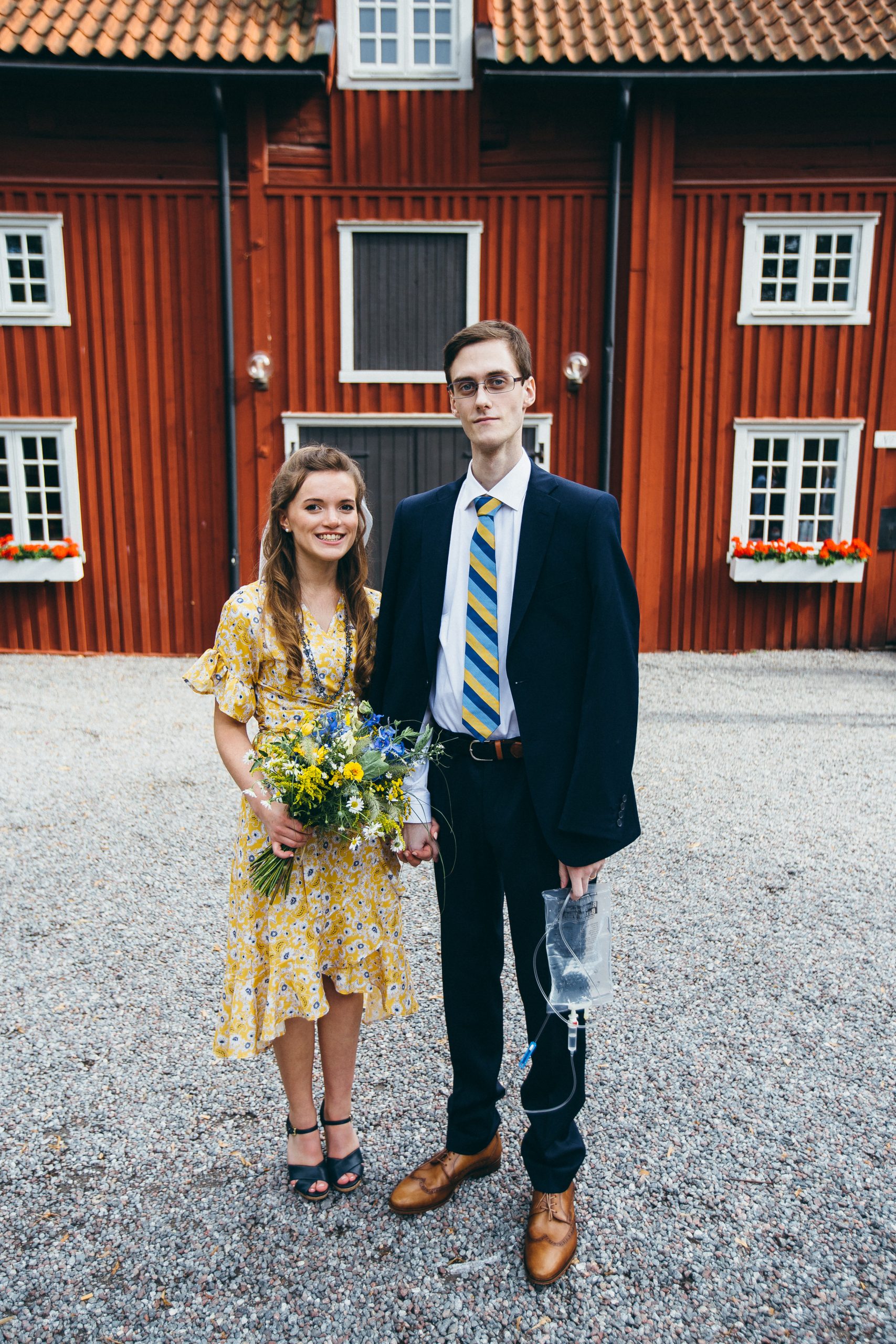Bringing Light into the Darkness
Though it’s well past midnight, a trace of daylight still lingers. It feels like it never truly gets dark here. It’s the summer of 2014 and I am visiting Uppsala for the first time. I reflect on the busy day I’ve had – finally meeting my distant relatives in person, having fika (= Swedish teatime/coffee break) with them (twice, actually) and exploring the city. How quaint it is here! Though a few generations have passed since my ancestors left Sweden, in the oddest way, it feels like home. One of my relatives – a psychology professor – goes on and on about how wonderful the university is and how I too should come study here someday. I dismiss the thought, knowing that I will be starting my studies at LMU Munich in just a few months…
Fast forward to 2017. I’ve just started my master’s program in Pharmaceutical Sciences and am trying to decide where I would like to spend my Erasmus semester. What I’ve seen of the Nordic countries so far is enough to convince me that’s where I want to go. I check the list of Erasmus partnerships: Our department cooperates with the universities in Uppsala and Helsinki. Knowing I can visit family in Uppsala anytime, I decide it’s time to check out Finland. To make sure I get the spot there, I even enroll in two semesters’ worth of Finnish. Might as well, right?! A wild ride on a grammar rollercoaster ensues and before I know it, it’s time to fill out my Erasmus paperwork. Naturally, I submit the form with Umeå, Sweden as my top choice.
Yes, you read that correctly: Umeå, Sweden. How did this happen, you wonder? A spur-of-the-moment decision based on a gut feeling and defying all logic. (Spoiler alert: The gut is going to become increasingly more important from here on out.) While filling out the form, I see that I can technically also choose from the Chemistry Department’s Erasmus partners. The catch: If any of the Chemistry students end up wanting to go to Umeå, I will be left with no spot at all. I wait with bated breath for the procedure to finalize – and to my elation and surprise, for the first time in years, the spot remains open. I’m in!
All the puzzle pieces start clicking into place… An Environmental Science class I took way back in high school enables me to sign up for a course at an Arctic research station. Autumn rolls around and I’m whisked off to the northmost tip of Sweden for the time of my life. After two months of examining soil microbial activity and its impact on climate change, it’s sadly time to leave this gorgeous place and return to civilization. On the bright side, it is literally brighter down south. I stop over in Uppsala for a weekend to visit my relatives before heading back up towards Umeå, and the first thing I notice are the extra hours of daylight. I ravenously drink in the wan rays while everyone around me complains about the rapid onset of winter.
The second thing I notice is a friend of my cousin, a handsome lanky guy with glasses. My gut leaps into action again and before I know what’s going on, we’re engaged in a conversation. After talking for hours, we exchange contact info and I leave for the other end of the country the next morning. The rest of my exchange semester seems to blur together into one long night: Whether I’m getting up early to go to the lab or staying up late to get to know my favorite Uppsala University student better, it is dark basically 24/7… The handful of hours in which the sun temporarily skims the horizon don’t really do the word “daylight” justice. To some degree, heading home to Germany feels like the light at the end of the tunnel, especially as I’m expecting a visitor from Sweden over New Year’s.
It is not until the following summer that I begin to truly understand the importance of tunnels. Busy working on my MSc thesis, I receive word that my now fiancé is undergoing emergency intestinal surgery and may not live to see the next day. Words cannot describe the grief and anguish felt at finding out a loved one is hovering between life and death in a hospital far, far away. I immediately book a flight and depart for Sweden early the next morning. Tears well up in my eyes when I step into the CIVA (= centrala intensivvårdsavdelning = central intensive care unit) in Uppsala. A frail frame is barely recognizable, hooked up to a myriad of monitors and tons of tubes. He has always been wiry, but now every bone in his body and his small intestine are jutting out from beneath his skin – to say he puts the “Rasmus” in marasmus (= a severely malnourished state) would be an understatement. The clinicians are not sure how he is still alive.
The next several months are spent tracking ups and downs in weight, liquid balance, and morale. Downing food to stimulate the gastrointestinal tract unfortunately does not always result in the good kind of “ups”, and Rasmus is entirely dependent on TPN (= total parenteral nutrition, meaning i.v. food) for caloric intake. Our wedding day feels like a sunbreak amid weeks on end of heavy storms. When the day of his stoma (= artificial bodily opening) takedown finally arrives, it feels surreal. I’ve been watching and caring for his small intestine for so long, cleaning it and watching waves of peristalsis (= intestinal movement) roll through. Suddenly, everything is seemingly back to normal… at a first glance.

With “everything” (minus two meters of small bowel) reconnected, act two of Ras’ intestinal odyssey kicks off. Enter the colon. What happens when the terminal ileum and colon have had nothing to work on for about five months? Let’s just say it isn’t pretty… Waves of peristalsis turn into waves of diarrhea as large intestinal tissue struggles to recall its purpose and surviving gut microbes suddenly regain access to nutrients. At this point, we’re just happy to be able to ditch the TPN even if it means a rigorous feeding program. I take my job seriously, coaxing Ras into eating several thousand calories a day in the hopes of at least a few sticking to his skeletal figure. Absorption is key!
This principle applies to me, as well: I try to absorb as much information as possible as I prepare to defend my thesis and enroll in the last few courses I need in order to be admitted to Pharmacy state examinations. One year later, I’m nearing the end of my practical year as a trainee pharmacist and doing some soul-searching. Having always known that I wanted to pursue a PhD, I’ve now also become quite curious about the human intestinal system. The only remaining question is the location. I feel that Ras deserves a chance to complete his studies now that he is finally well enough again to do so… What a lucky find it is then to stumble upon the COLOTAN project while browsing through PhD job listings at Uppsala University! A smile tugs at the corners of my mouth as I remember my relative’s words of praise.
As I move through the application process, I feel increasingly gutsy – it’s certainly somewhat nerve-wracking to speak in front of a whole panel of professors… But at the same time, it takes guts to work with guts! And that’s just what I’ll be spending the next few years doing alongside a brilliant team (shoutout to my fellow ESRs!). Despite some initial administrative hurdles – moving to a new country is never easy – I’m now settling in for what will be the adventure of a lifetime. Stay tuned for updates and some seriously cool science as we go down the rabbit hole (or colon?!). It’s time to shed some light on the deep, dark mysteries of the large bowel!
Rebekkah Hammar



